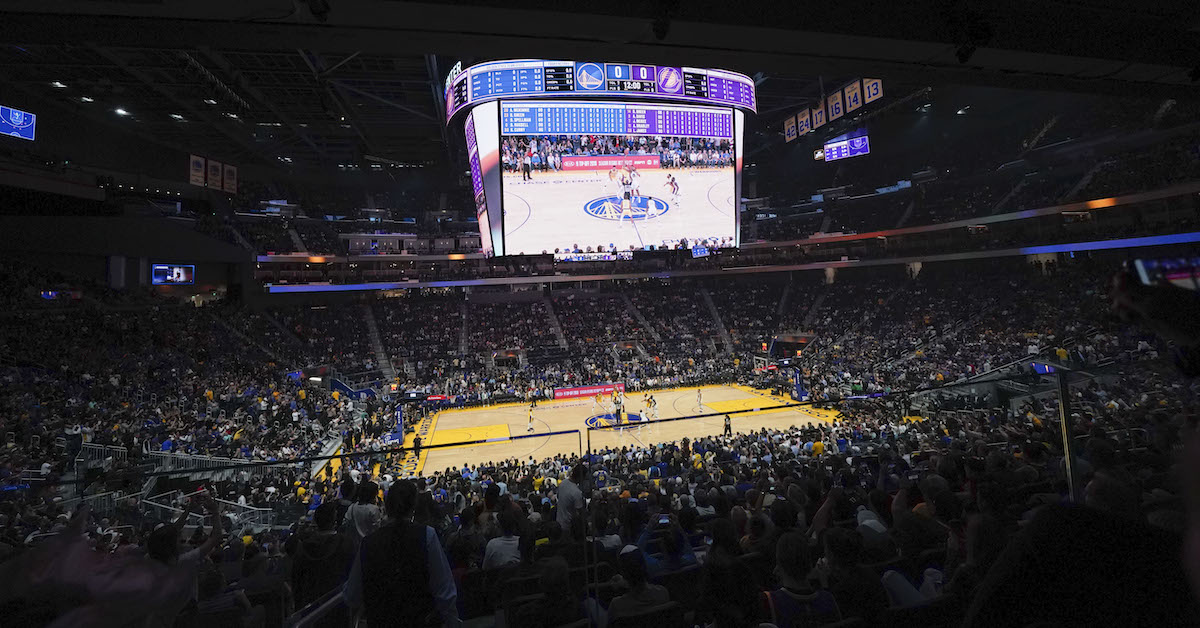How fans fall in love with women’s football

Women’s football is on the rise. Tickets for the final of the Women’s European Championship, due to take place at Wembley Stadium on 31 July 2022, recently sold out within less than an hour of going on sale. The match could break the attendance record for any European Championship match, men or women’s.
History was also made on March 30 2022, when 91,553 fans attended the second leg of the UEFA Women’s Champions League quarter-final between Barcelona and Real Madrid. This was the biggest-ever crowd to watch a club women’s football match.
In the UK, the 2015 FIFA Women’s World Cup was a key turning point. Women’s football received a significant amount of largely positive media coverage.
This came on the back of a number of other developments, including the success of women athletes at the London 2012 Olympic Games, the launch of the semi-professional (now fully professional) FA Women’s Super League and, from 2015, Sport England’s nationwide This Girl Can media campaign.
We set out to examine how and why people become fans of women’s football. We drew on interviews with 49 adults in England and 53 in the United States who are fans of women’s football and attended live matches of the 2019 Women’s World Cup.
Mega events
For our interviewees, women’s football mega events – especially Olympic tournaments and Women’s World Cups – were a key route into fandom. Events like this were discussed by 91% of US fans and 69% of English fans. In most cases, they encountered these events on television, although some fans had attended live matches.
Our respondents often mentioned tournaments that had taken place close by, like the 1999 Women’s World Cup in the United States or the 2012 London Olympics. When asked how she first became a fan of women’s football, Chrissie (age 21, England) said:
She recalled being “intrigued” by the tournament and sought out opportunities to watch women’s football afterwards.
Online fandom
Just under a quarter of the fans we spoke to said that their fandom developed through online spaces, such as websites, streaming services and social media. For some of the youngest fans, their interest in women’s football began with social media sites. Felicity (age 25, England) only became a fan of the England women’s national team and the domestic Women’s Super League when she stumbled across the digital platform This Fan Girl. She explained:
Getting involved
For 42% of US fans and 16% of England fans, becoming fans of women’s football was linked to playing football themselves. Importantly, we found that this pathway existed only among women. Having been a woman player led an interest in the women’s game. For example, Abigail (age 24, US) said:
A total of 26% of US fans and 18% of English fans in our study were recruited into women’s football fandom by others, typically girls or women with a strong interest in women’s football. This included just under half of the men in the total sample. Previous studies typically found that family members and men in particular act as gatekeepers for sports fandom. Our research adds an important counterpoint. Women may now be the primary gatekeepers of fandom for women’s sports.
Among the English participants in our research, some fans of a professional men’s club extended their allegiance to the same club’s women’s side (27% of English fans). In addition, some English fans (10%) reported that their fandom began when they attended matches of a local women’s team out of attachment to the place where they lived.
Our research shows how important media coverage is in leading people to become fans of women’s football. This means that respectful media coverage should be a central goal for women’s football.
During large events such as the Women’s European Championships, Women’s World Cup tournaments and Olympic Games, women’s football can be in the spotlight, but these events are also an opportunity to provide information about domestic leagues. This in turn can further grow the fan base.
This article was originally posted on How fans fall in love with women’s football



